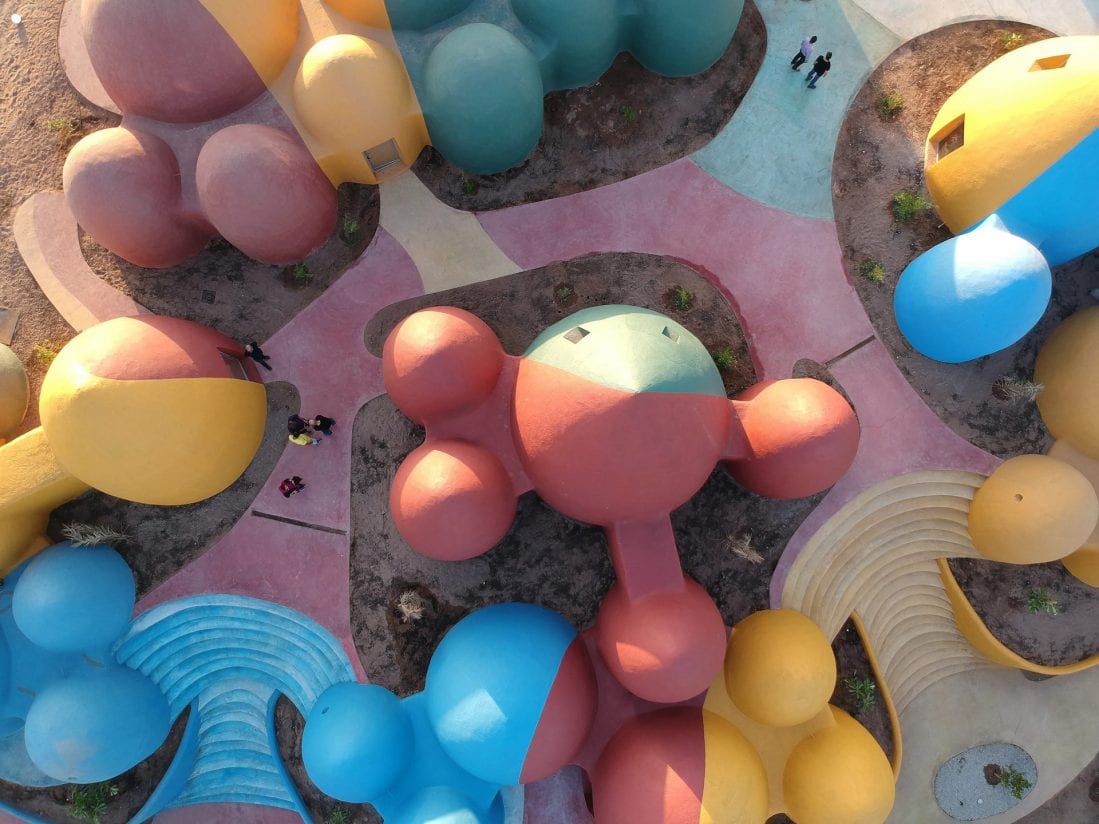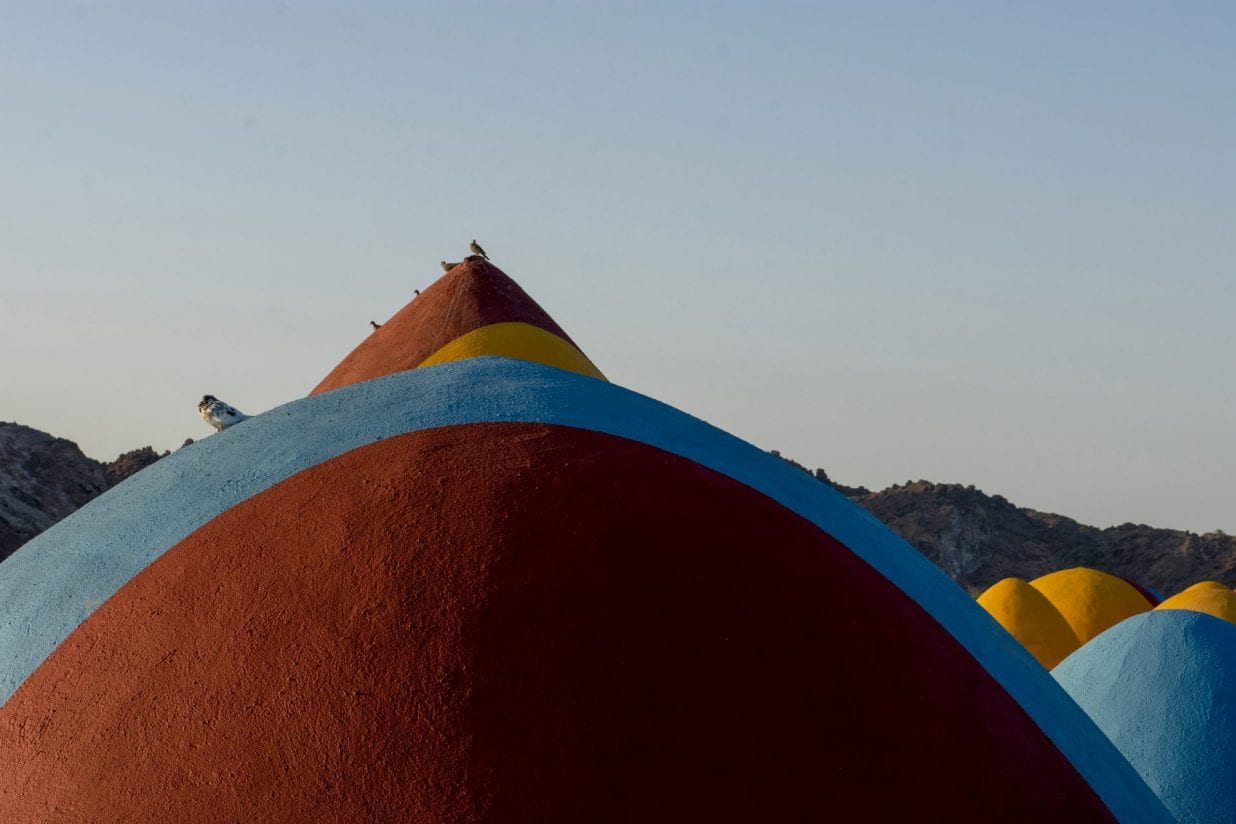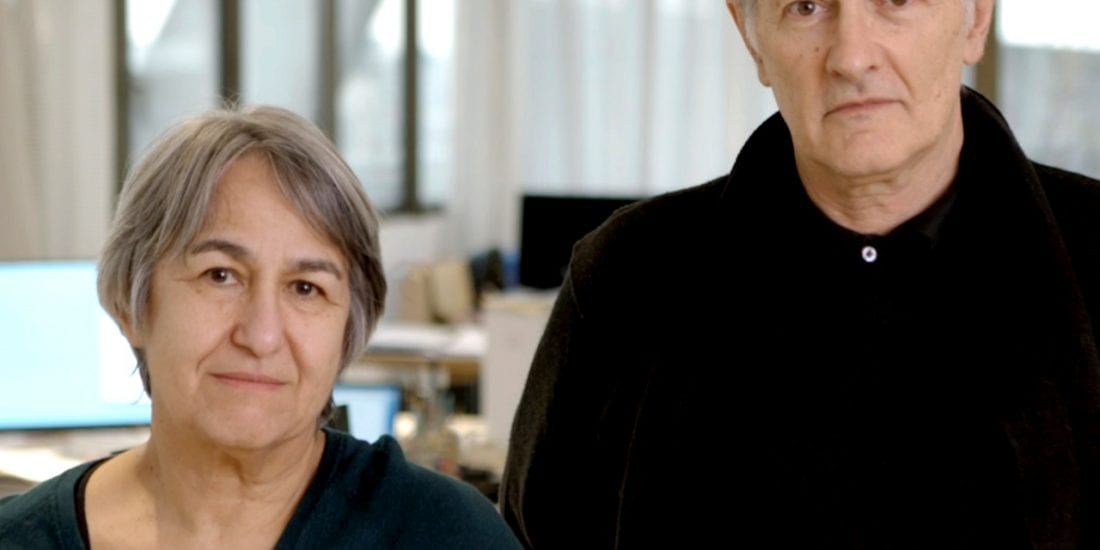Domes of Adventure in Hormuz Island, Iran
Community empowerment via urban development is what ZAV architects had in mind for this port village, the Hormuz Island in Iran which was in economic ruins with a history of former glory.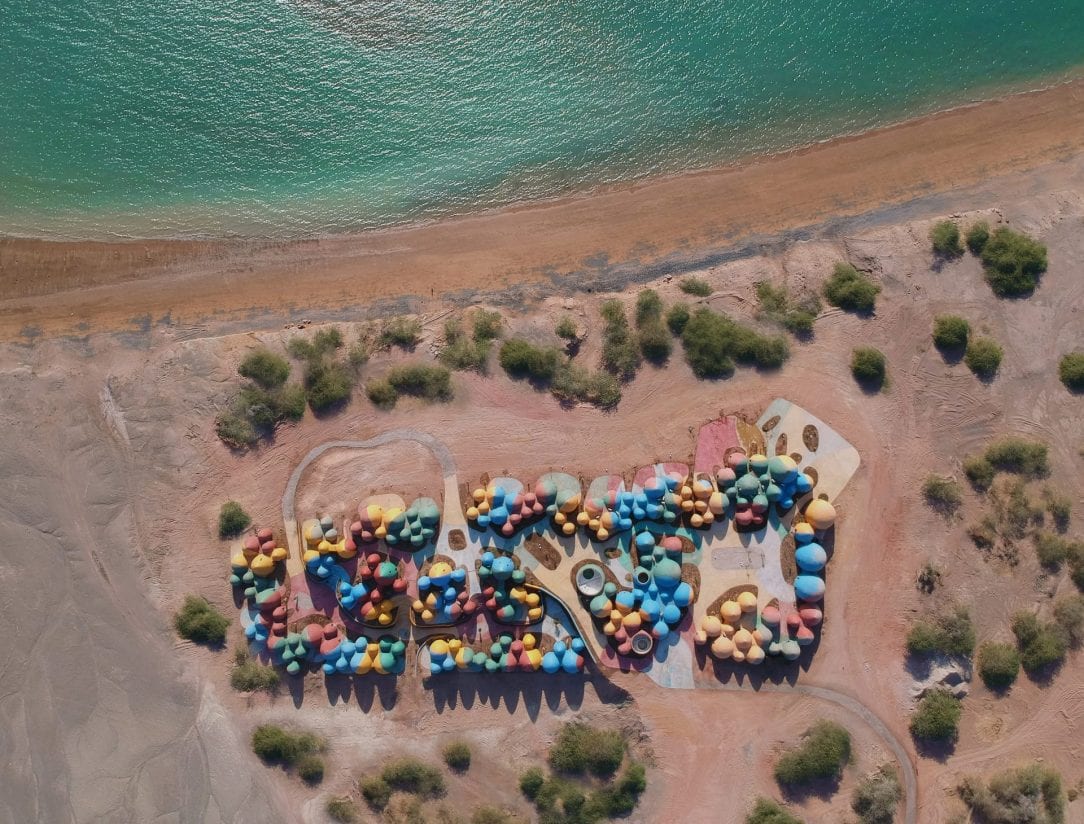 A burst of colours on bare brown land in tiny profusions as if the earth has given way or swollen to produce space for accommodation. Sandbags in multiple hues as if on a play date in sizes ranging from tiny to small, not an invasion on land but in constant harmony and celebration is how one could describe the Majara residence (meaning adventure) that ties together the lives of local people and visitors both culturally and economically. This project is also the Taipei Golden Award winner for the Year 2020. Presence in Hormuz is a series of urban development by a semi-public institution that hired ZAV Architects, to empower the local community of the island. Its second phase is a multipurpose cultural residence called Majara residence.
A burst of colours on bare brown land in tiny profusions as if the earth has given way or swollen to produce space for accommodation. Sandbags in multiple hues as if on a play date in sizes ranging from tiny to small, not an invasion on land but in constant harmony and celebration is how one could describe the Majara residence (meaning adventure) that ties together the lives of local people and visitors both culturally and economically. This project is also the Taipei Golden Award winner for the Year 2020. Presence in Hormuz is a series of urban development by a semi-public institution that hired ZAV Architects, to empower the local community of the island. Its second phase is a multipurpose cultural residence called Majara residence.
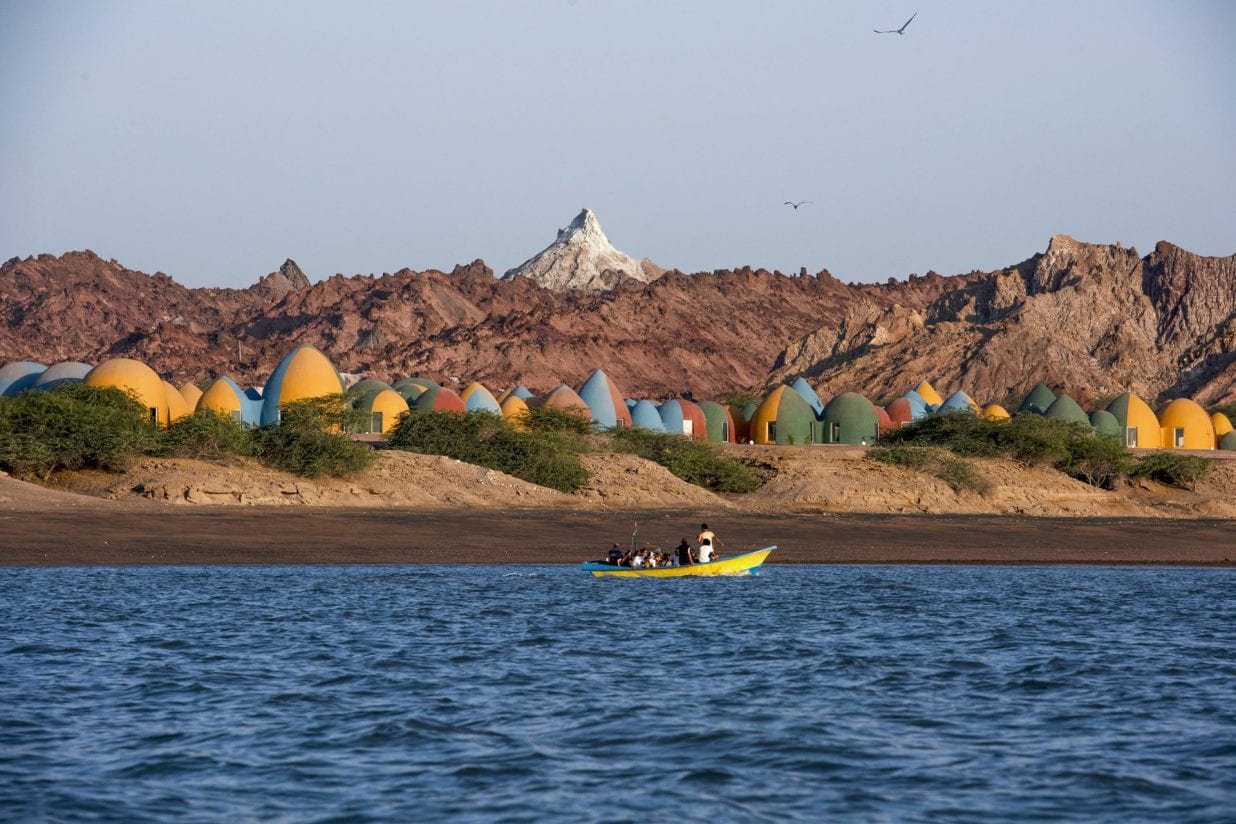
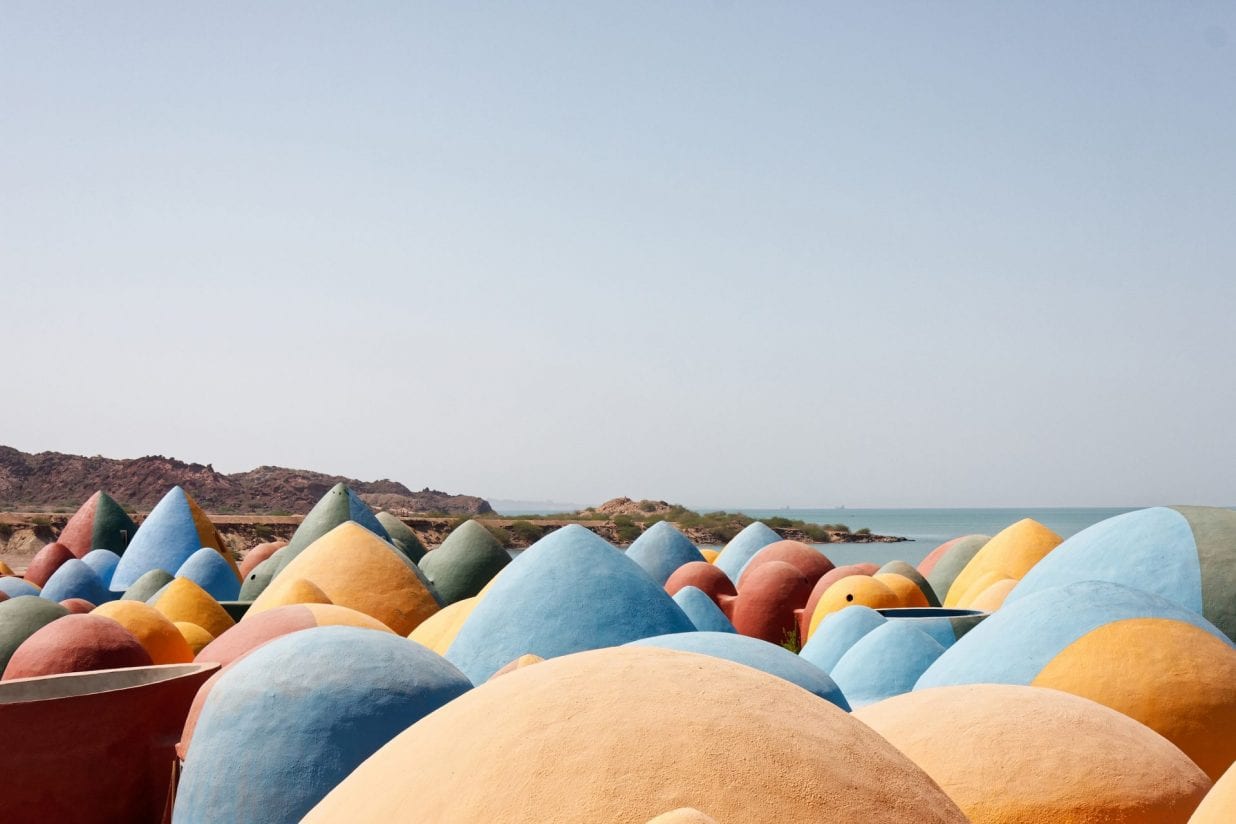 Hormuz is a formerly glorious historic port in the strategic strait of Hormuz in the Persian Gulf, South of Iran, that controls the shipment of petroleum from the Middle East. The island has outstanding colourful surreal landscapes. Oddly, the local inhabitants of the beautiful, touristic and politically strategic island struggle economically, getting involved in illegal trafficking activities using their boats.
Hormuz is a formerly glorious historic port in the strategic strait of Hormuz in the Persian Gulf, South of Iran, that controls the shipment of petroleum from the Middle East. The island has outstanding colourful surreal landscapes. Oddly, the local inhabitants of the beautiful, touristic and politically strategic island struggle economically, getting involved in illegal trafficking activities using their boats.
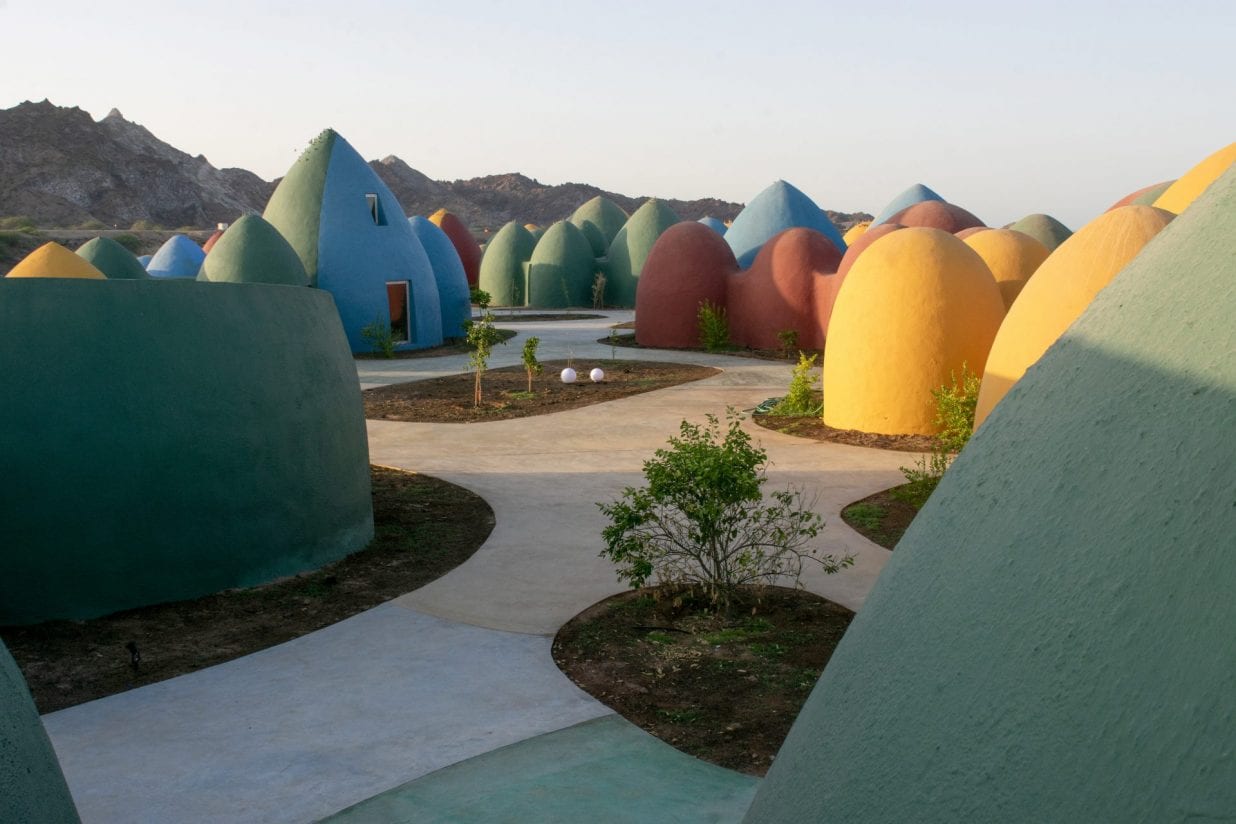
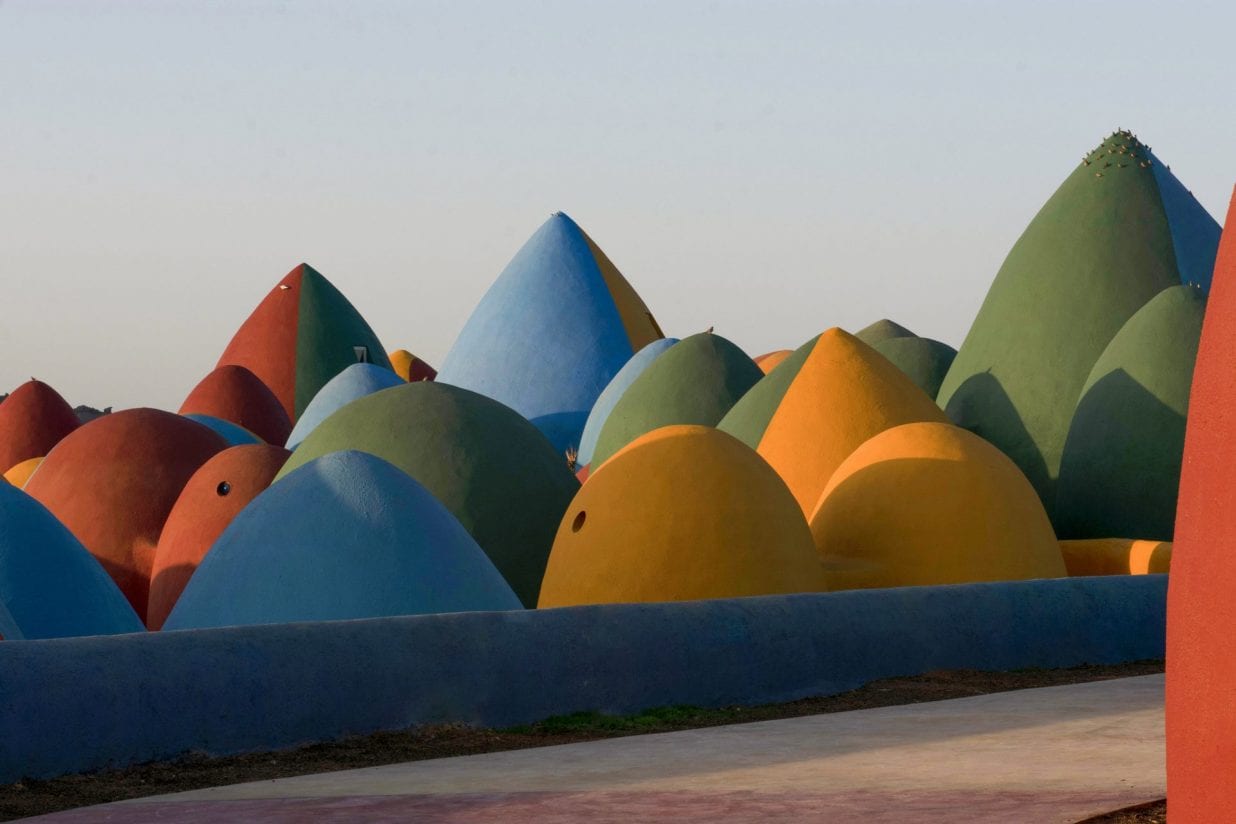 “In a country where the state struggles with political disputes outside its borders, every architectural project becomes a proposal for internal governing alternatives, asking basic questions: what are the limits of architecture and how can it suggest a political alternative for communal life? How can it attain social agency,” asks Mohamadreza Ghodousi, Founder, ZAV Architects which is a research-driven and pragmatic approach towards an architecture that tries to explore realistic and practical subjects.
“In a country where the state struggles with political disputes outside its borders, every architectural project becomes a proposal for internal governing alternatives, asking basic questions: what are the limits of architecture and how can it suggest a political alternative for communal life? How can it attain social agency,” asks Mohamadreza Ghodousi, Founder, ZAV Architects which is a research-driven and pragmatic approach towards an architecture that tries to explore realistic and practical subjects.
Architecture has the capacity to be a mediator in the ground that converges the interests of different groups, from the state and investors to various classes and groups of people. Majara does so in bringing together the owners of land from the neighbouring port of Bandar Abbas who organize an annual landart event in Hormuz, the investors from the capital city Tehran, and the local people of Hormuz as partners in the project.
Under the economic distress of sanctions, increasing the GDP generates social change, which in this project is achieved by: building economically, to the benefit of the client; earmarking a bigger share of the budget to labour costs rather than expensive imported materials, to the benefit of the local population, empowering them by offering training for construction skills; and by an adaptive and future-proof spatial scenario that can respond to unpredicted need, to the benefit of the client and the island. The design of this project also encourages using materials and human resources from Iran, to reduce construction and transportation costs and increase the GDP, to the benefit of the whole country.
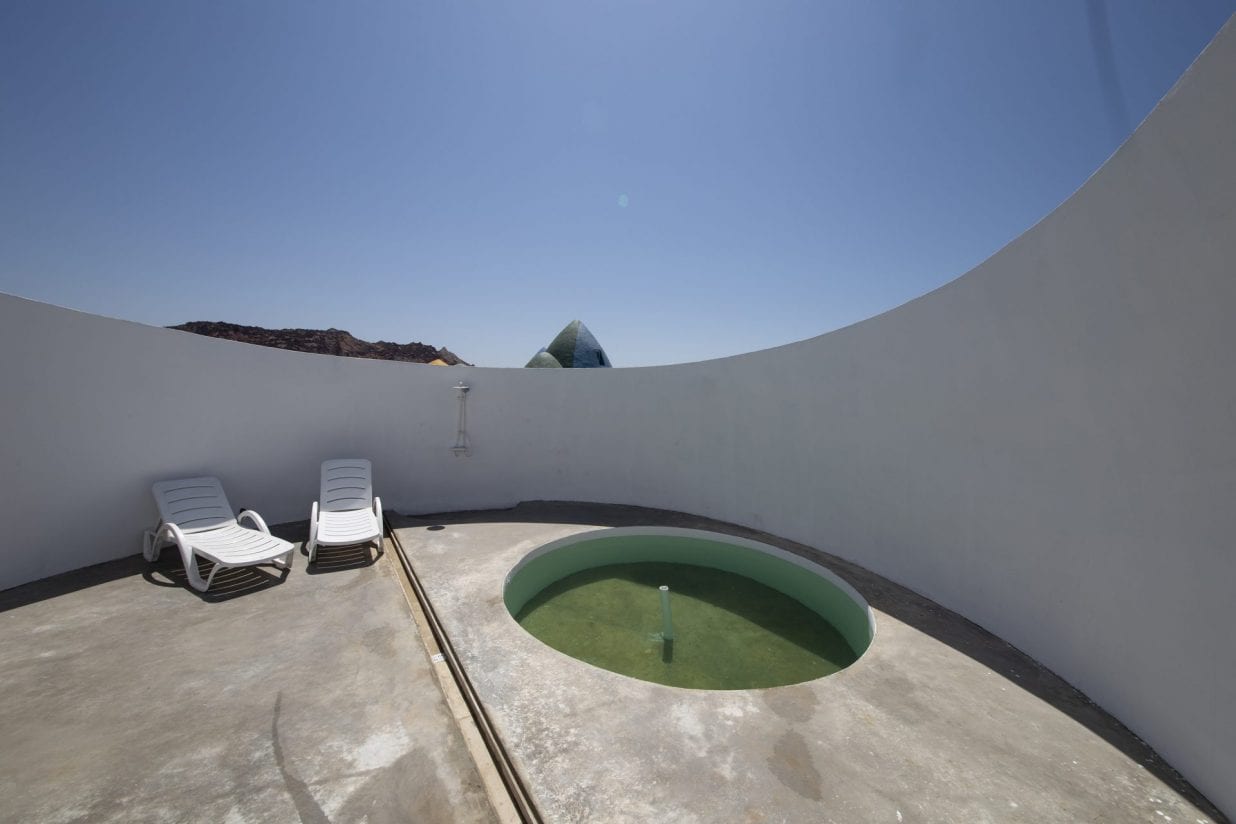 “Presence in Hormuz is a continuous process aiming at building trust rather than architectural objects, in order to encourage the participation of local people and the inclusion of their interests in any intervention in the island,” believes this group of architects who form ZAV.
“Presence in Hormuz is a continuous process aiming at building trust rather than architectural objects, in order to encourage the participation of local people and the inclusion of their interests in any intervention in the island,” believes this group of architects who form ZAV.
The project is a multitude of small-scale domes built with the superadobe technique of Nader Khalili, the innovative and simple technique using rammed earth and sand. Domes are familiar structures in the region.
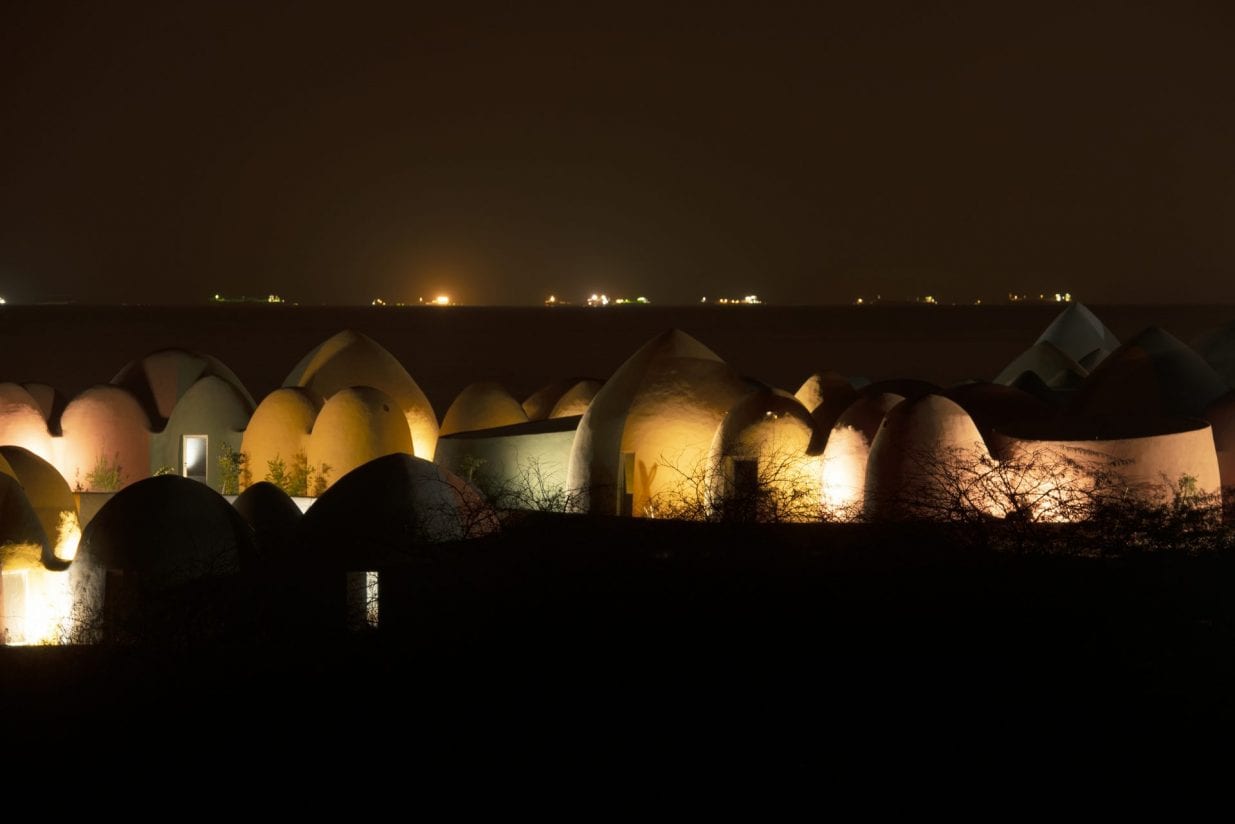 “Their small scale makes them compatible with the building capabilities of local craftsmen and unskilled workers, which have been prepared for this project with previous smaller projects. Today they are trained master superadobe masons, as if Nader Khalili multiplied exponentially.
“Their small scale makes them compatible with the building capabilities of local craftsmen and unskilled workers, which have been prepared for this project with previous smaller projects. Today they are trained master superadobe masons, as if Nader Khalili multiplied exponentially.
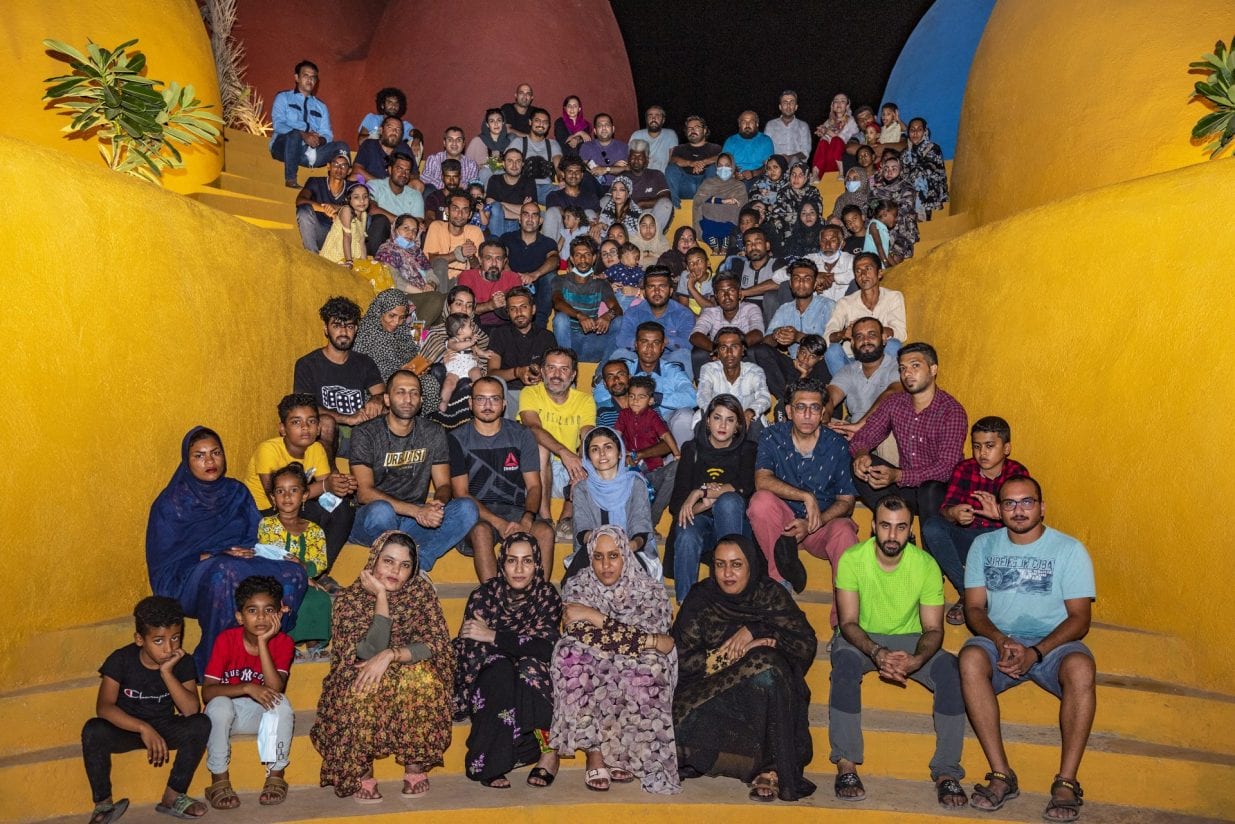 According to Mohamadreza mud architecture was practiced earlier but not many examples can be seen now though there is a little wave of attention to it mostly from academic sources.
According to Mohamadreza mud architecture was practiced earlier but not many examples can be seen now though there is a little wave of attention to it mostly from academic sources.
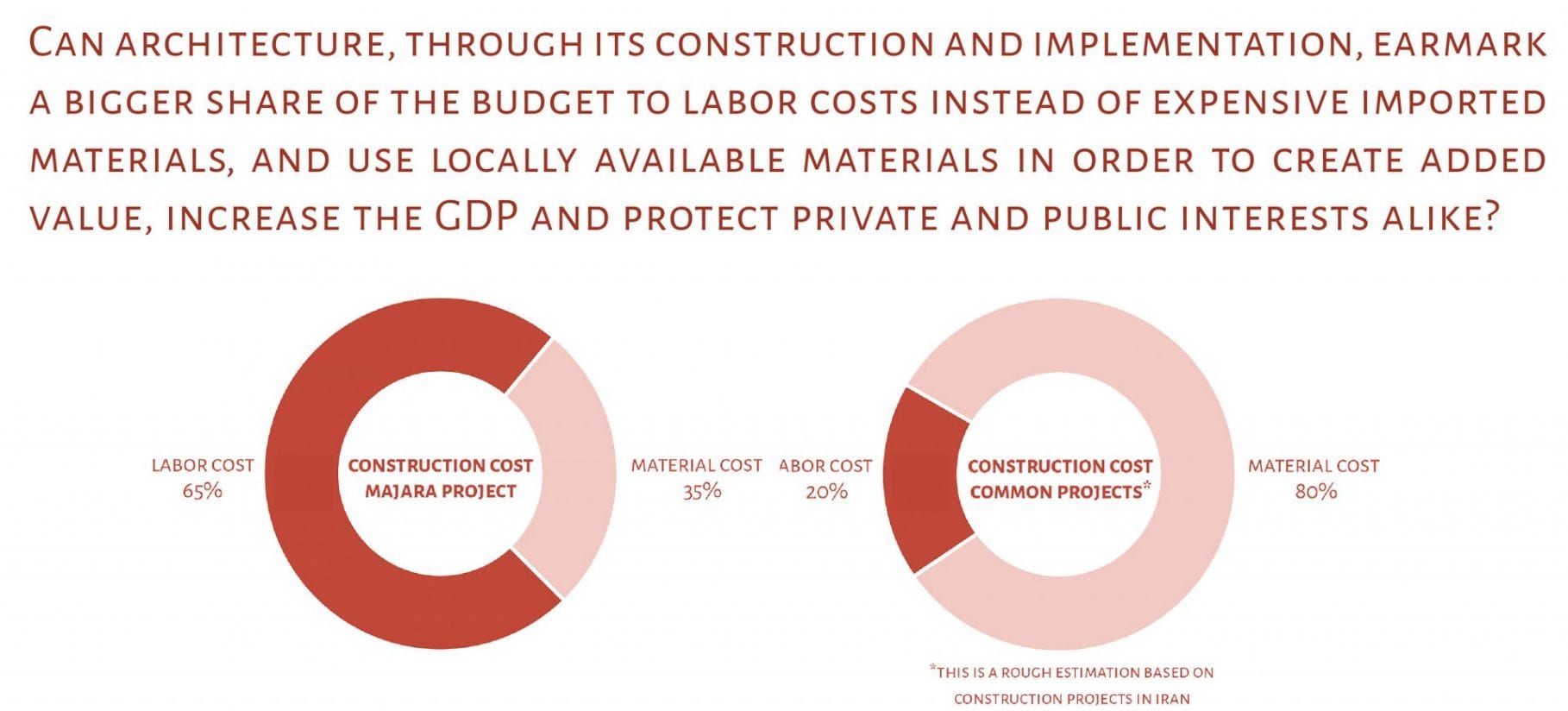
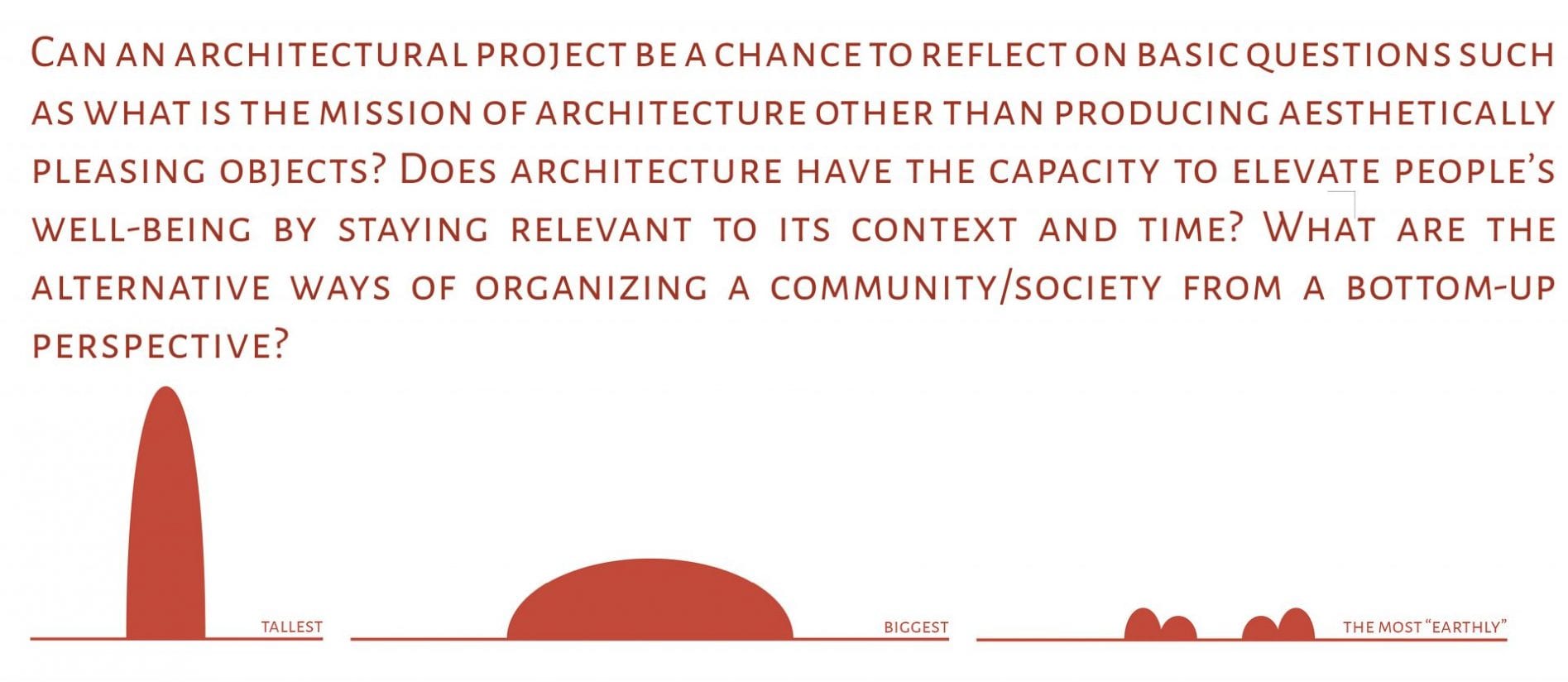 And the reason for using colours is explained very poetically, “First of all we believe architecture is about dream, sticking to safe zones is not our intention and we try to provoke audience by bringing hope of change in politically concrete situation of Iran, here, we have the colourful mountain of Hormuz with the most surprising species in the region, therefore in an urban layer we decided to emphasis on colour and its composition in nature further in design language, we hope it helps Hormuz be branded by colour too.
And the reason for using colours is explained very poetically, “First of all we believe architecture is about dream, sticking to safe zones is not our intention and we try to provoke audience by bringing hope of change in politically concrete situation of Iran, here, we have the colourful mountain of Hormuz with the most surprising species in the region, therefore in an urban layer we decided to emphasis on colour and its composition in nature further in design language, we hope it helps Hormuz be branded by colour too.
“The infinite number of colourful particles, be it soil, sand, gravel or stone, pile up and form the rainbow topography of Hormuz island. In this project a carpet is woven with granular knots inspired by the particles that make up the ecotone of the island. The sandbags that create the spatial particles (aka domes) are filled with the dredging sand of the Hormuz dock,” explain the architects focusing on the strong cultural tie that binds the people of Iran.
PROJECT DETAILS:
Project name: PRESENCE IN HORMUZ 2
Architecture Firm: ZAV Architects
Website: www.zavarchitects.com
Contact e-mail: zavarchitects@gmail.com
Architecture Firm Instagram: zavarchitects
Completion Year: 2020
Gross Built Area: 10300 m2
Area: 4000 m2
Landscape Area: 6300 m2
Project location: Iran, Hormuz Island
Latitude*
27°04’17.6″N
Longitude*
56°25’37.2″E
Photo credits: Tahmineh Monzavi, Soroush Majidi, Payman Barkhordari
Photographer’s website: www.zavarchitects.com/
Photographer’s Instagram: tahminehmonzavi | soroushmajidi | payman_barkhordari
DESIGN TEAM:Lead Architects: Mohamadreza Ghodousi, Fatemeh Rezaei, Golnaz Bahrami, Soroush Majidi
Design Assistants: Sheila Ehsaei, Sara Jafari, Payman Barkhordari, Mohsen Safshekan, Kaveh Rashidzadeh, Hossein Panjehpour
Landscape: Maryam Yousefi, Morteza Adib
Interior Design: Sara Jafari, Taraneh Behboud, Sara Nikkar, Mohsen Dehghan
Light Consultant: Tajang Light







